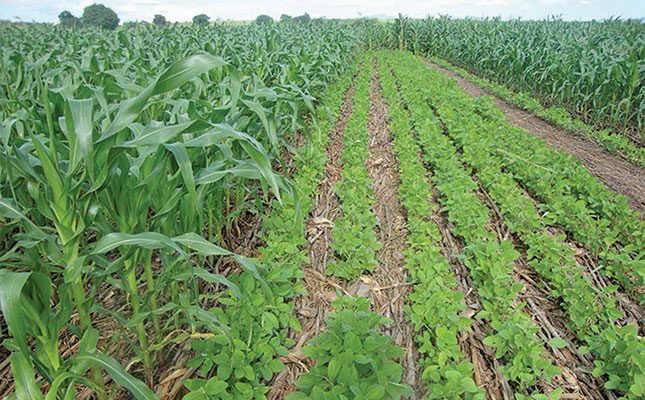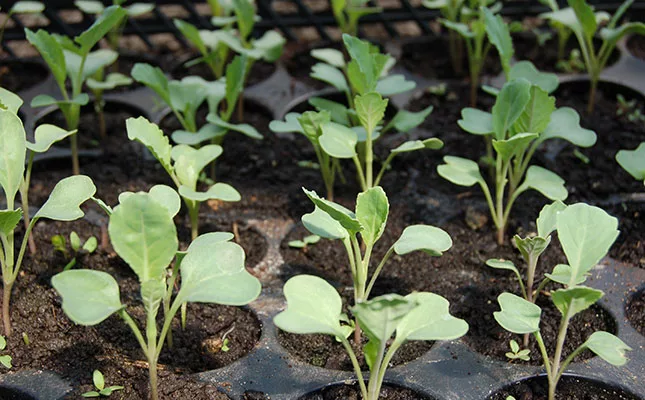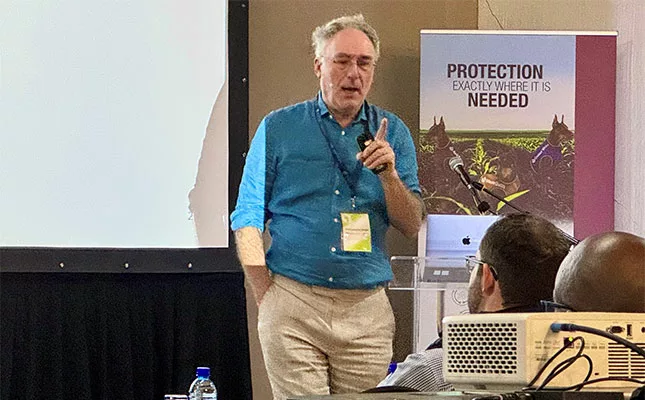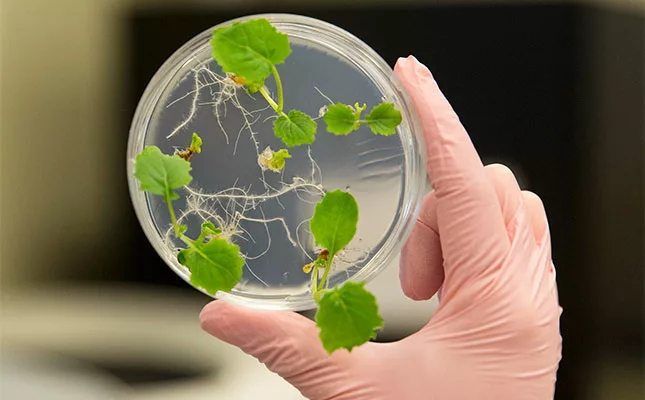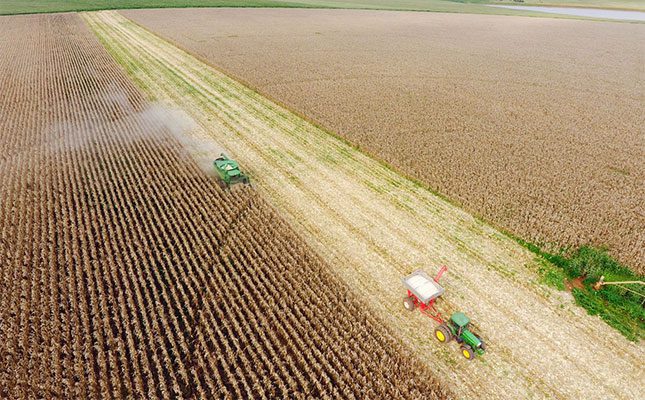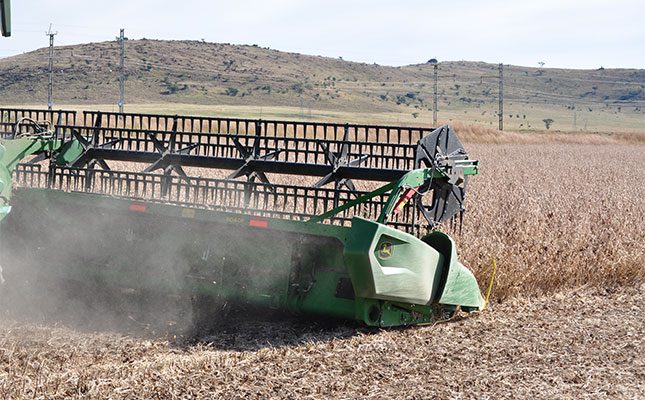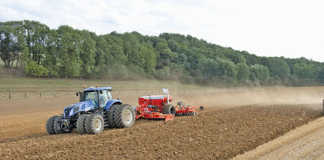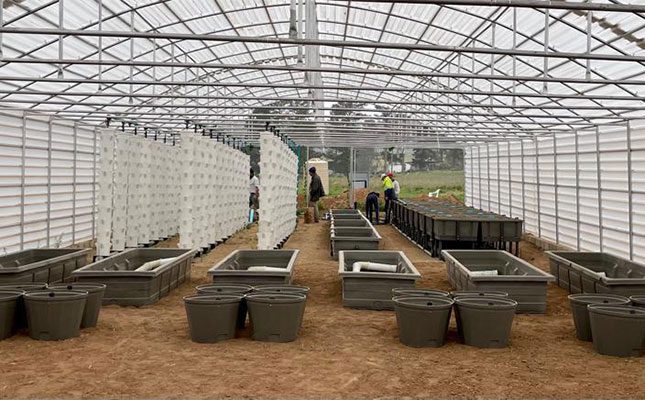
Photo: Supplied
Vivian Beukes, agricultural engineer and owner of Green Sprouts Solutions in George, Western Cape, shares his expertise on drought-resilient cropping, livestock management, technology, and funding opportunities to help farmers navigate these challenges.
When asked about the types of cropping systems that are effective in drought-prone areas, Beukes highlights conservation agriculture and intercropping as practical approaches. He explains that these systems help protect the soil from excessive exposure to the sun, thereby conserving moisture.
Intercropping and conservation agriculture also help improve soil structure and nutrient cycling, which are crucial during droughts. Beukes says these systems can be tailored to suit individual farm contexts for the best results.
Mixed farming systems face unique challenges during droughts, particularly in maintaining animal welfare while managing scarce resources. Beukes stresses the importance of making efficient use of available grazing spaces.
“There’s always space between trees or other areas where livestock can graze without wasting land. Planning for feed production before the winter months is key, as plants don’t grow well during colder seasons,” he says.
He advises farmers to store sufficient feed produced during better seasons to sustain animals through winter and dry periods.
“You need feed you can keep in storage and use to feed your animals when pasture is scarce,” he says.
In managing pasture and forage during droughts, Beukes mentioned the importance of efficient feeding systems.
“I use electronic feeding systems designed to minimise electricity use. The running costs for some machines, especially those using air conditioning, can be very high. So, selecting feeding technology that uses minimal electricity, like air handling units to pump fresh air, is crucial,” he explains.
These systems help optimise feed use and reduce waste, which is essential when resources are limited.
According to Beukes, technology is playing an increasingly important role in predicting and managing drought impacts.
“There are emerging tools that can help farmers monitor soil moisture, weather patterns, and crop health. Accessing this technology can greatly improve decision-making on the farm,” he says.
However, he acknowledges that the cost of investing in drought-proofing infrastructure can be prohibitive for many farmers.
When discussing financial support, Beukes mentions community and industry initiatives that provide funding for sustainable farming.
“In many regions, especially near mining or solar farm operations, there are financial contributions available to help communities set up self-sustaining farming systems. These contributions are often part of licensing agreements for mines or energy projects,” he explains.
Beukes is actively involved in helping communities access such funds to implement drought-resilient methods and infrastructure.
He advises farmers to view drought-proofing as an ongoing process rather than a once-off fix.
“Drought-proofing is about building a self-sustaining system that requires continuous attention and adaptation. Many people expect quick fixes, but it’s about understanding your environment and adjusting your farming methods over time, “he says.
Beukes also warns against being overdependence on expensive, energy-intensive technologies that may not be sustainable in the long run.
His approach focuses on practical, cost-effective solutions that farmers can implement gradually.
“Using natural resources wisely, protecting soil health, storing feed properly, and adopting appropriate technology are key. Every farm is unique, so you have to tailor your drought-proofing strategy to what works best for your land and resources,” he says.


